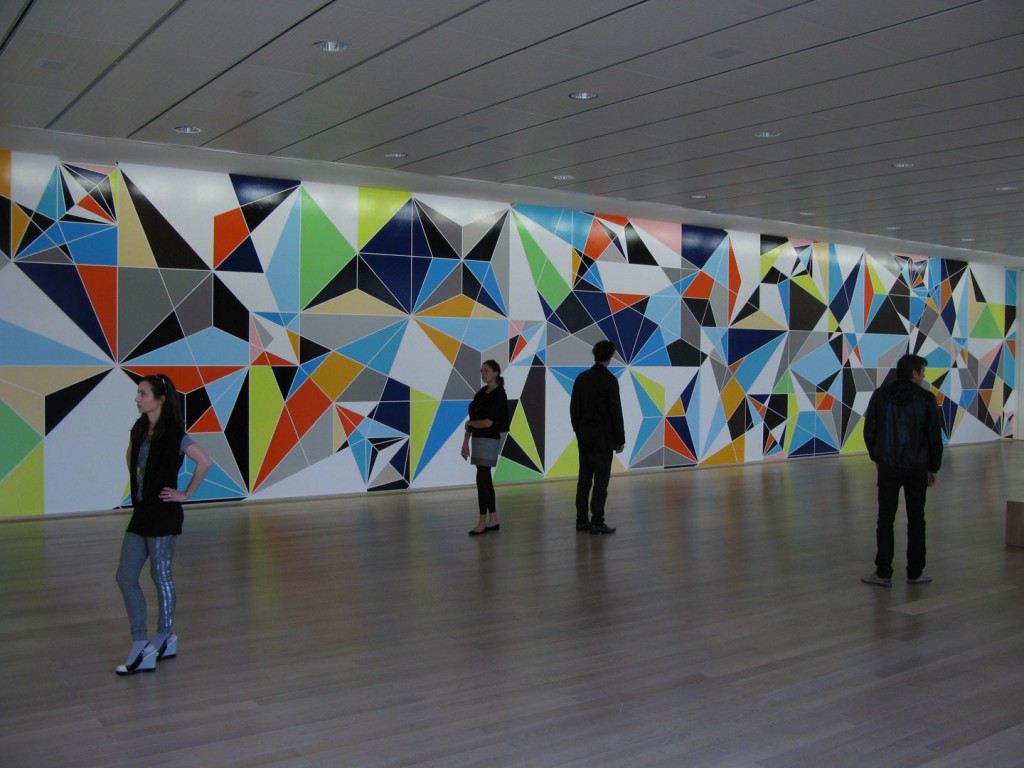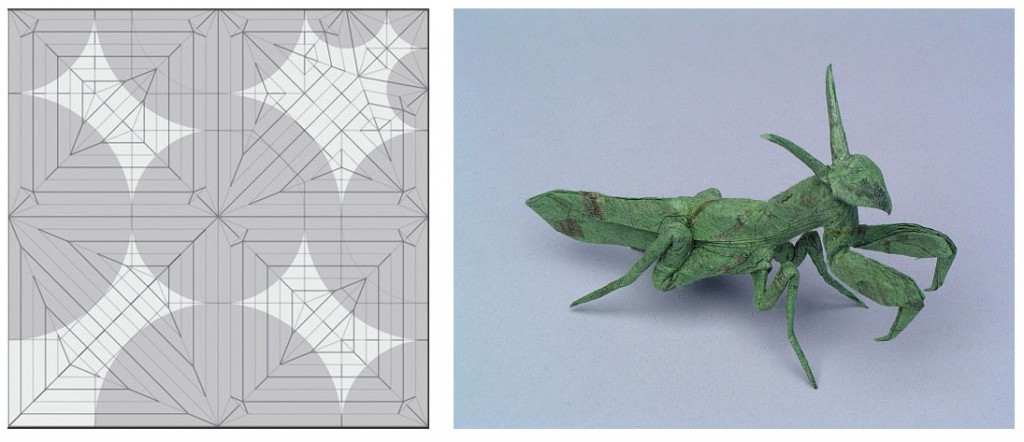
Bill Murray, opening segment from Lost In Translation, 2003. Directed by Sofia Coppola. Screenplay by Sofia Coppola. Produced by Ross Katz and Sofia Coppola. Studio: American Zoetrope; Tohokushinsha Film. Distributed by Focus Features
Director [in Japanese]: Mr. Bob-san, you are relaxing in your study. On the table is a bottle of Suntory whiskey. Got it? Look slowly, with feeling, at the camera, and say it gently—say it as if you were speaking to an old friend, just like Bogie in Casablanca, “Here’s looking at you, kid’—“Suntory time.”
Ms. Kawasaki: Umm. He want you to turn, looking at camera. OK?
Bob: That’s all he said?
Ms. Kawasaki: Yes. Turn to camera.
—Lost in Translation (2003), a film by Sofia Coppola
“Translation is possible and impossible at the same time.” —Modesta Di Paola, Translation in Visual Arts (2013)
Translation has long been perceived not as an art as much as a necessity, an imperfect implement deployed in the interest of communication across some barrier. But even where loyalty to the original holds sway, it is never as simple as a one-to-one correlation. Translation requires creative transformation.
In academe, translation is tendered as a process that enables permeability across a tangle of disciplines and agendas. It is discussed against the backdrop of exoticism and the colonial enterprise while the field of Translation Studies focuses not on standards of verisimilitude but on an increasingly fluid “paradigm of mediation,” a “multifaceted and interdisciplinary act…manifested in a multitude of synonyms such as ’emulating,’ ‘adapting,’ ‘rewriting,’ and ‘recreating.’”1
In recent decades, translation has jumped its banks. It has moved beyond the ideal of taut correlations into the realm of shared impulses and multiple authors, where circles of interpretation—and misinterpretation—overlap and converge. In this global commons, where information flows nonstop, translation acts as an interlocutor of hybrid texts and a mediator for unstable states. It is a passage instead of a place, a process and not a result.
In light of our ongoing, post-postmodern moment of rip, burn, copy, and remix, it might be useful to think of translation in terms of transmission. A pulsed signal is sent; information is broken into packets and coalesces into a whole once it reaches its readers, listeners, and viewers, who in turn relay the message to their own contacts. As in a game of telephone, the original message changes with each transmission. Information gets lost while new information accrues along the way.
In the visual arts, translation, transformation, and transmission are intertwined. In the arena of copyright, fair use, and appropriation, we say transformative use to denote a standard of creative translation, as when a preexisting object or artwork is sourced and repurposed to produce something new. Source materials are transformed through translation into novel forms and subsequent transmission to new audiences and contexts, and new artworks are born.
Perhaps, in this age of sharing and remixing art and information, translation will soon be embraced as the paradigm for the art of our time and not simply as a process of faithful renderings. Maybe translators will finally be seen as the artists they are, and artists will be understood as translators.
Of course, not everyone greets this prospect with enthusiasm.

Sarah Morris, “Black Beetle,” 2008. Installation view at Fondation Beyeler, Riehan/Basel. Photo: Todd Eberle
Take the recent case involving the painter Sarah Morris and a group of origami artists who sued her for copyright infringement.2 Led by the well-known origami artist and retired physicist Robert J. Lang, these artists dispute Morris’s right to freely use their origami crease patterns as sources for her work.
According to Dr. Lang, crease patterns are complex entities that exist simultaneously as instructional diagrams and freestanding designs. Different orders of information are graphically encoded into their geometry. However, such nuances and their deeper significance are little known outside a small, rarefied group of origami practitioners and cognoscenti.
Sarah Morris and her work belong to another rarefied group, the blue-chip contemporary art world. Throughout her career, she has utilized flat geometric shapes, a signature palette, and found patterns to produce paintings in the context of modernist abstraction. Morris searches for sources in the physical and digital repositories that house the material around us—the archive of our cultural commons. A practitioner of origami herself, she is clear-eyed about translation being the basis of her process and regards the crease patterns as fair game:

Robert Lang, Praying Mantis, opus 416. Medium: One uncut square of paper. Composed: 2002. Folded: 2002. Size: 4 inches. Diagrams: Origami Insects II. Crease Pattern shown at left
I use all types of things in my work…Industrial design, mapping, instructions, geometry—I am creating a physical space in these paintings…I never thought for a moment that I couldn’t use this as a touchstone or as a launch pad for my work.3
The case Lang v. Morris settled out of court in March 2013, the terms of the agreement remaining, for the most part, confidential. It is understood that Morris transformed the crease patterns by translating them as paintings and transmitted them anew through the context of contemporary art. Lang states as much: Morris “is clearly creating new works of art that can stand on their own merits (as opposed to merely copying something and passing it off as her own).” But he goes on to say: “I’m not so crazy about having my own work described as being merely ‘found diagrams’ as she’s done here.”4
And yet, while crease patterns are visually compelling and mathematically evolved, the nature of their utility remains instructional and vernacular. They are intended for creating origami. Morris, a painter, adapted these instructional diagrams to make something else. In a world where individual expression is valued, she has every right to do this. But in some quarters, her paintings have yet to be acknowledged for what they are: acts of translation. For some, this part of the message is still lost in transmission.
________
1 Modesta Di Paola, “Translation in Visual Arts,” Interartive, August 2013.
2 Dan Duray, “Beneath the Fold: The Twisted Tale of Origami v. Sarah Morris,” Gallerist, May 28, 2013.
3 Duray.
4 Ibid.




Pingback: Letter from the (Guest) Editor: Translating Translation | Art21 Magazine